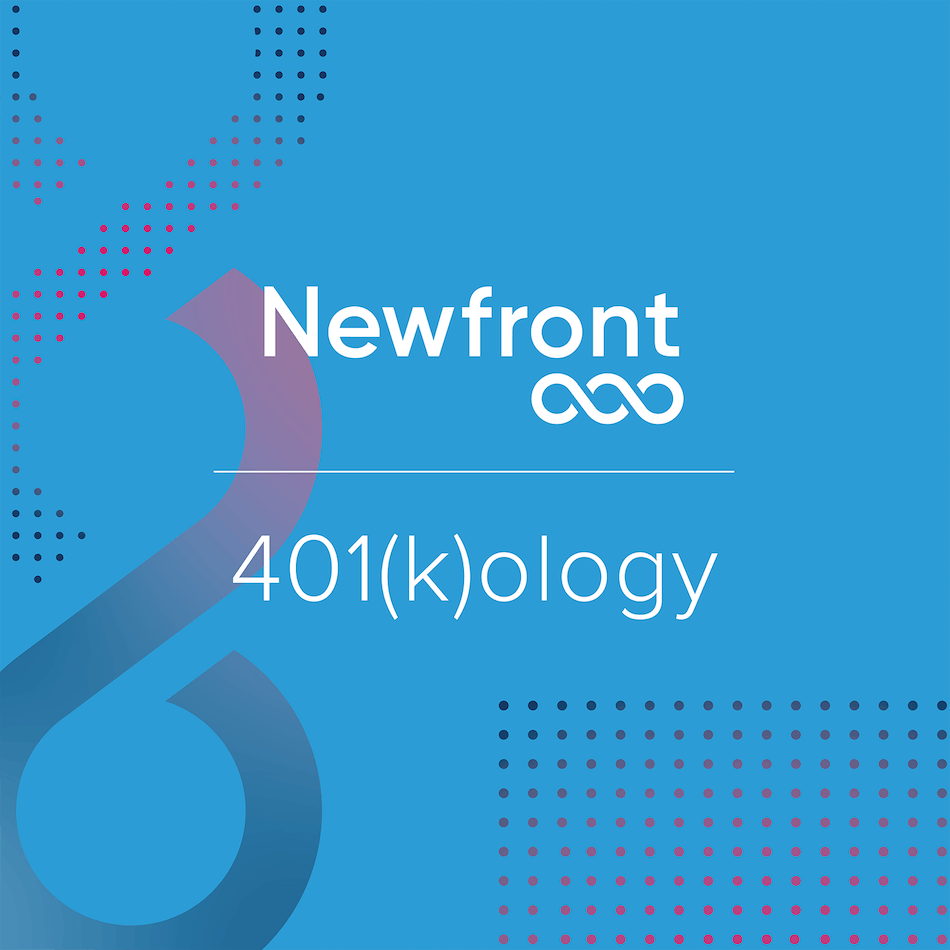401(k)ology – Know Your Participant Notices
By Joni L. Jennings, CPC, CPFA®, NQPC™ | Published June 9, 2022

If you are a service provider, plan sponsor or participant in a retirement plan, then you are keenly aware of the numerous participant communications required to be provided on a regular basis. There are so many notices required that one wonders if we have reached the point of notice fatigue or TLDR (too long, didn’t read).
Perhaps there is a solution coming soon, as both the Senate and the House of Representatives have introduced separate legislation requiring the governmental agencies to study all of the required participant communications and to determine if they can be simplified, standardized, and consolidated. The proposed legislation also requests that certain notices not be required for non-participating employees (e.g., employees who do not elect participate in a 401(k) Plan).
However, unless and until the disclosure requirements change, employers should know:
Which notices are required for your plan type?
When must the notices be provided?
Who must receive the notice?
How can the notice be distributed?
What happens if the notice was not provided?
The K.I.S.S. Approach
The “keep it simple, stupid” or K.I.S.S. design approach applies to participant communications. The regulations require participant communication be written in a manner that can be easily understood by the average person. The intent of the notices is to provide valuable information to the participants so that they can make informed decisions about participation in the plan, what contributions will be made to their accounts, what investments are available, and what expenses apply to the accounts. If a notice is too long or too complicated, the intended recipients will likely not read it.
Foreign languages
While not always required, foreign language communications may need to be provided if a predominant number of participants speak a non-English language. Translation services are readily available online and are relatively inexpensive; therefore, it may be beneficial to offer retirement plan communications in non-English languages regardless of whether it is required.
The most famous of all retirement plan communications, the Summary Plan Description (SPD), is not required to be provided in a foreign language unless 25% of participants are literate in the same non-English language (for plans with under 100 participants) or the lesser of 10% or 500 participants (or more) are literate in the same non-English language (for plans with over 100 participants).
Electronic Delivery
The IRS and DOL each have e-notice requirements; however, the IRS e-notice rules can generally be followed for all participant notices. E-notices may be provided as long as the recipients have the ability to access the notices electronically and the recipients are informed that they may request a paper copy free of charge. Since mid-2020, the DOL regulations require Plan Administrators to provide an initial paper notice stating that future notices will be made electronically, and that the employee may opt out of the e-notice communications. Consult with your service providers to confirm what notices will be provided and when they must be provided to the required recipients. If posting the notice rather than delivering as an attachment to an email, be sure to alert the recipients as to the contents and importance of reviewing the notice and where they may access the notice.
Best Practices
Review the notices for accuracy and readability before delivery
Date the notice so there is a record of when it was delivered
If requested, provide translated notices for participants whose primary language is not English.
Keep a copy of all participant notices in the plan’s permanent records – these will be requested if your plan is selected for audit
Set up calendar reminders to help you keep track of notice deadlines
See Newfront's quick reference guide for common notices required for individual participant account balance plans. The attached guide includes the notice type, the information provided in the notice, the required recipients of the notice, the method of delivery, the due dates, and the applicable penalties.
Conclusion
Unless and until there are significant changes in the regulations, multiple participant notices are here to stay. It is important to coordinate the required notices and the content with your service providers. The plan’s recordkeeper, document provider, third-party administration firm and investment advisors assist with model notices for most of the items we included on the reference guide. Our team at Newfront is available to assist you with any questions regarding required participant notices or other plan related matters that may arise.
Helpful Quick Links
DOL Reporting and Disclosure Guide for Employee Benefit Plans

Joni L. Jennings, CPC, CPFA®, NQPC™
Chief Compliance Officer, Newfront Retirement Services, Inc.
Joni Jennings, CPC, CPFA®, NQPC™ is Newfront Retirement Services, Inc. Chief Compliance Officer. Her 30 years of ERISA compliance experience expands value to sponsors of qualified retirement plans by offering compliance support to our team of advisors and valued clients. She specializes in IRS/DOL plan corrections for 401(k) plans, plan documents and plan design.


